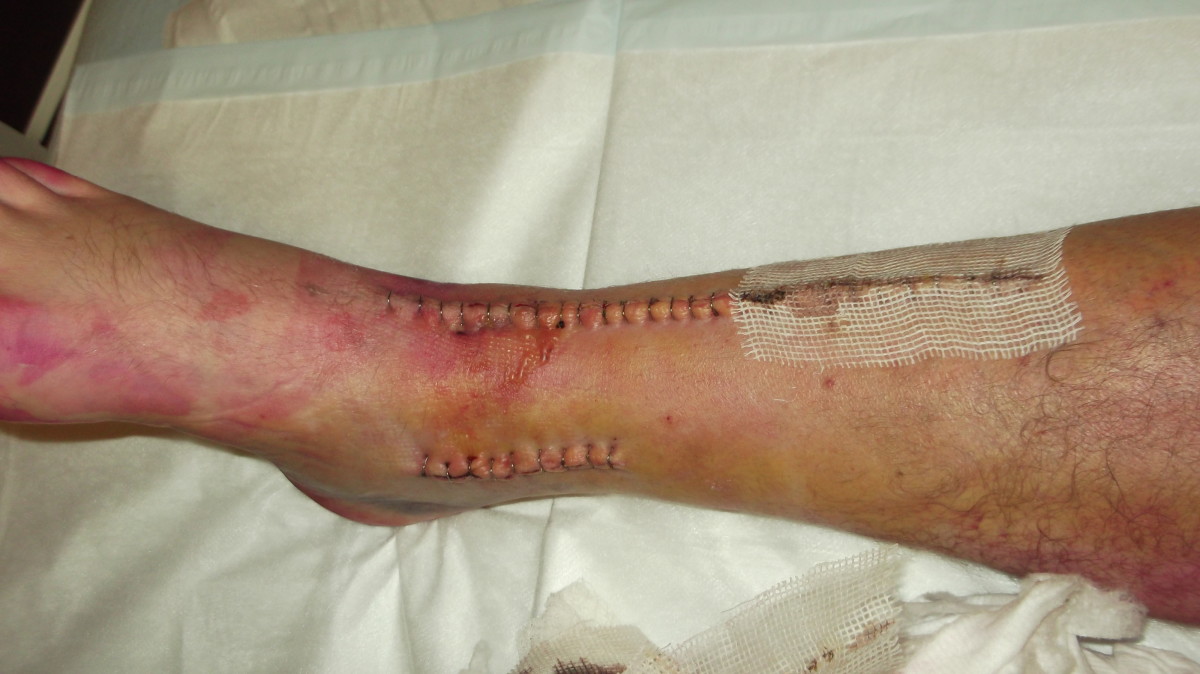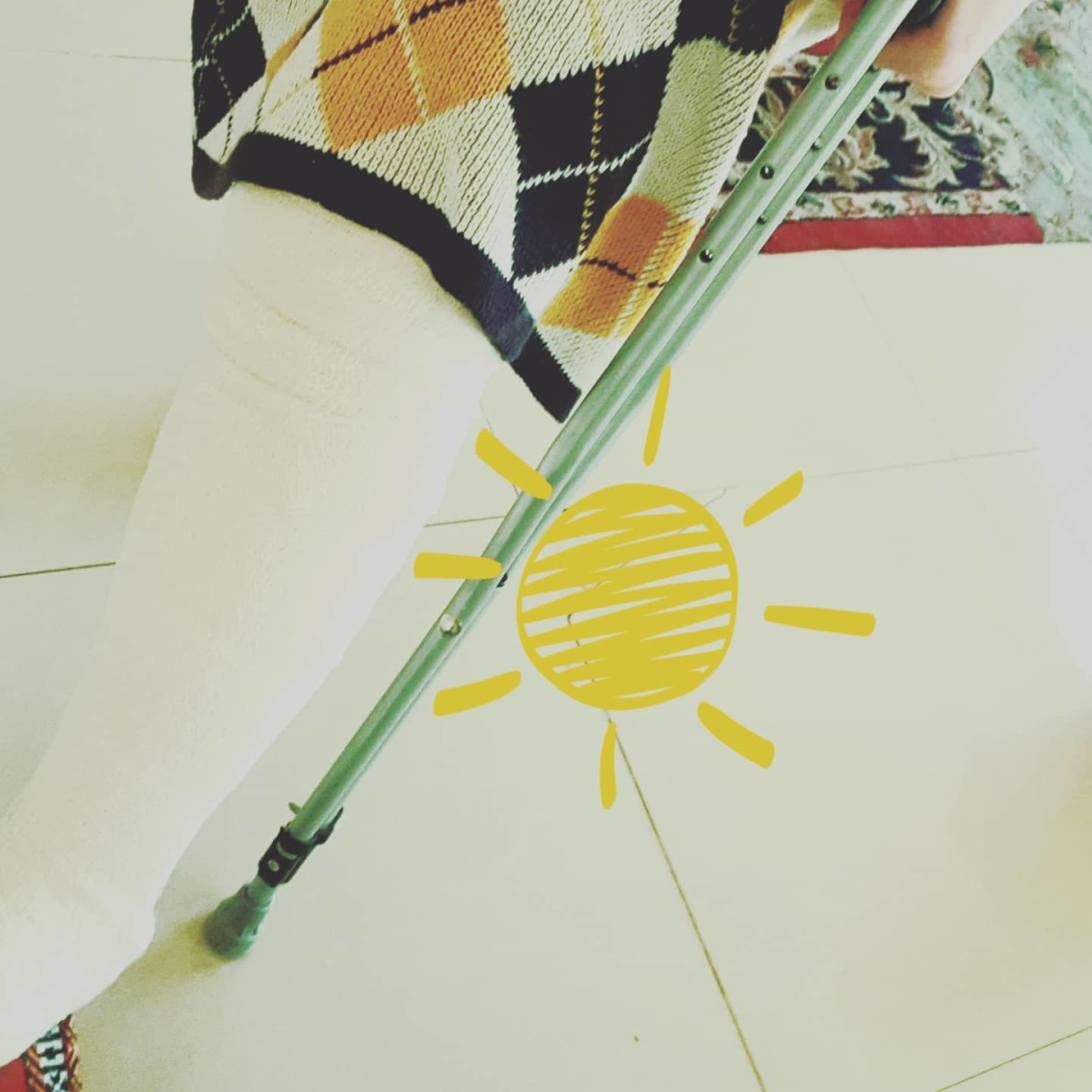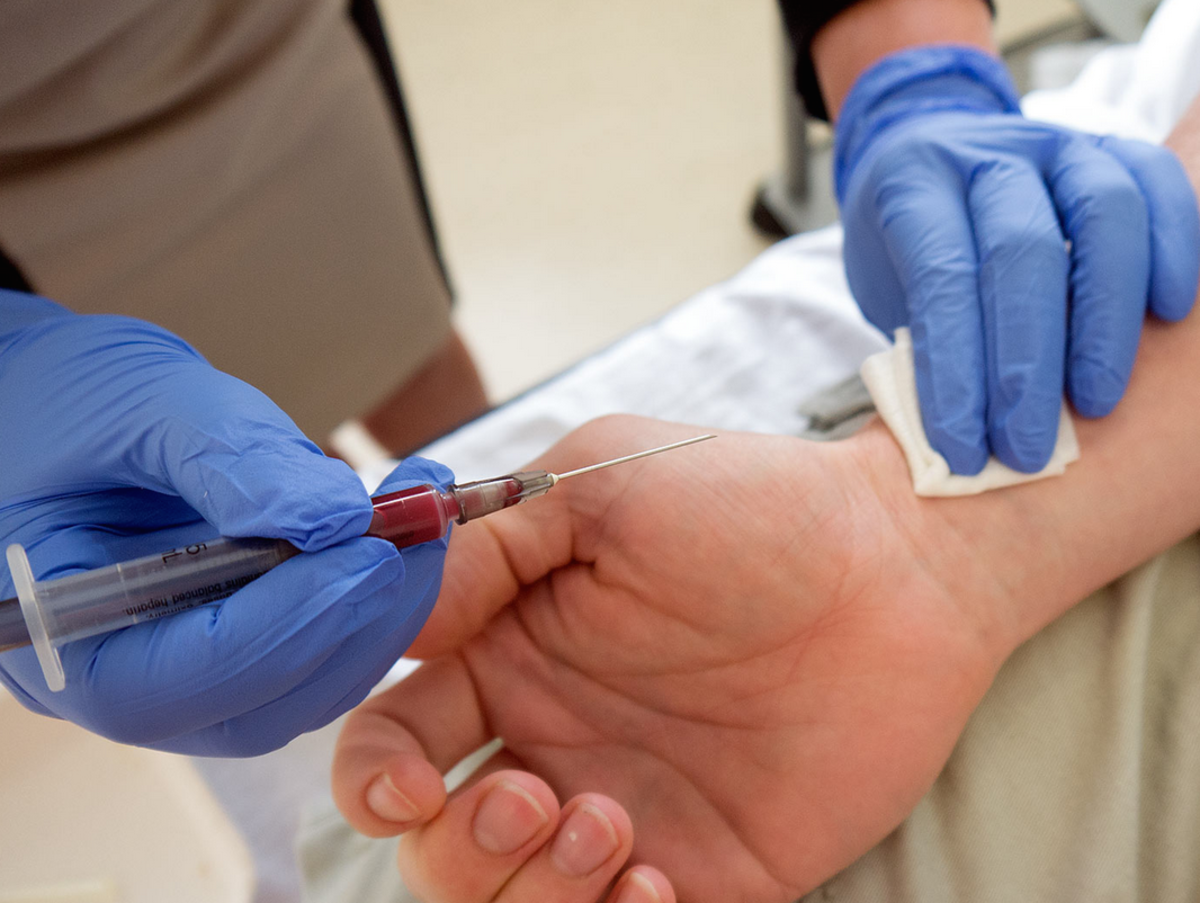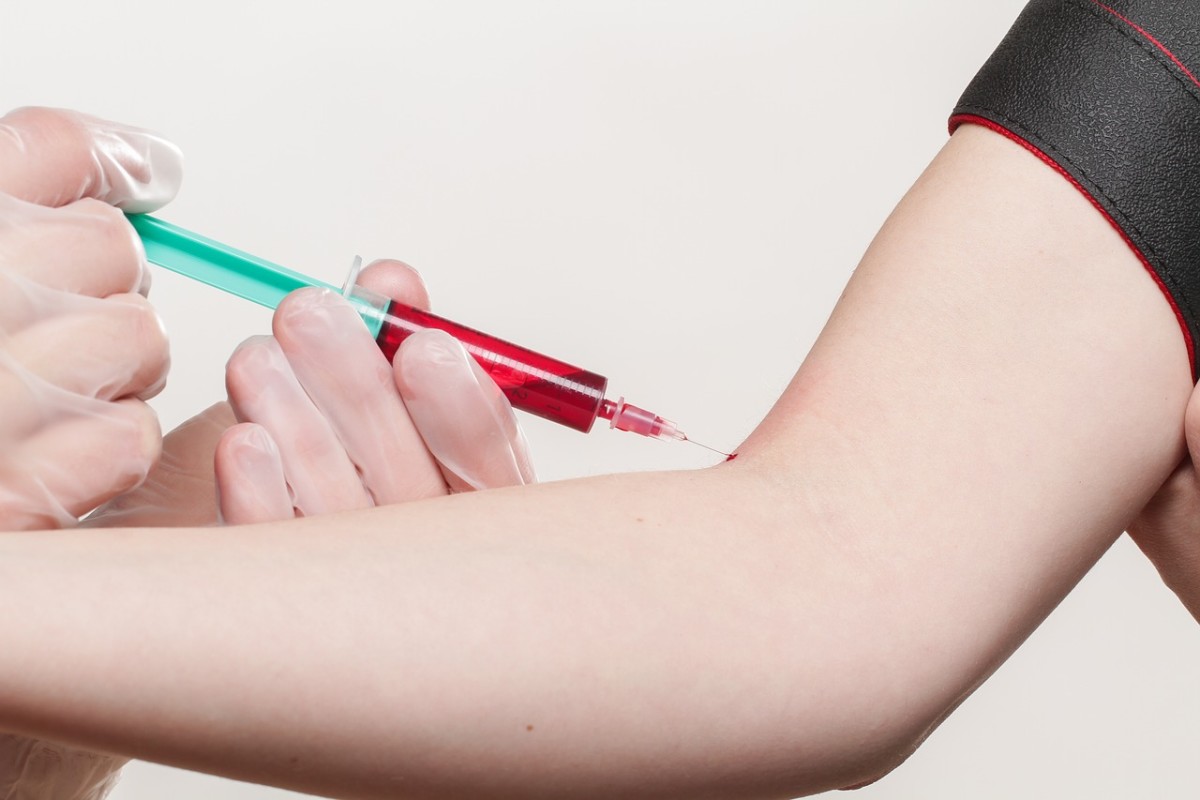Prophylactic Sports Taping - An introduction

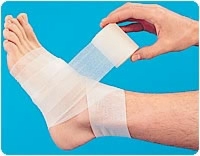
Prophylactic Sports taping
an introduction…
by Alexander Van Dorph
Sports taping, also known as sports strapping, is used mainly in the treatment and prevention of certain musculoskeletal injuries; such as ankle sprains, plantar fasciitis, knee injuries, joint movement limitation and weight-offloading in certain joints where weakness has been identified.
This article/guide is meant to give the reader an introductory understanding into the arts of taping, and also provide you with useful information backed up by published evidence into the effectiveness in sports medicine. This introduction will also describe the most common types of sports injuries, and give you a deeper understanding of what is meant by sprains, strains and fractures, and also how you can classify them depending on the patient presentation. I mean to build on this guide, by providing chapters with specialised focus on certain anatomical areas, such as the ankles, knees, shoulders, elbows, wrists and hands. These specialised chapters will also include step-by-step guides to some of the taping techniques which are used in these areas, both in terms of treatment and prevention.
Just to make something clear, there is no one correct way of sports taping; there are a number of different taping methods/techniques depending on which anatomical part is in question. The application of each technique may differ depending on the reasoning process of the person applying the tape; but if the taping is being applied by a physiotherapist or chiropractor, then hopefully the application have been based on a thorough examination of the problem; with the healthcare practitioner applying the tape with the main aim of limiting unwanted movement or offloading the workload, which may further aggravate the injury. It is also important to mention supportive strap-on braces, which come in many different forms, as an alternative to taping, as it has certain advantages to taping. Shapiro et al (2004) found that in terms of prophylactic effects resisting inversion momentum applied to the ankle (inversion sprain is the most common ankle injury); many of the braces functioned to resist inversion at a level that was comparable or even more efficient compared with freshly applied sports tape. However, some of the braces were not as effective as taping, but they still had the advantage over tape that they could easily be readjusted and thus have their effectiveness restored, whereas the supportive quality of sports taping declined with continued usage.
Requa et al (1973) conducted a randomized controlled trial into the effects of sports taping on the incidence of ankle sprain in college basketball players. Those subjects who were taped every day suffered 14.7 sprains per 1000 participant games, compared with 32.8 sprains per 1000 participant games in the subjects which were not taped. On another note, Thacker et al (1999) did a systematic review of the published studies available at the current time which looked into the prevention of ankle sprains in sports. They did a number of interesting findings, amongst them that the most common risk factor for ankle sprain in sports is a history of a previous sprain and that appropriately applied braces, tape, or orthoses do not adversely affect sports performance.

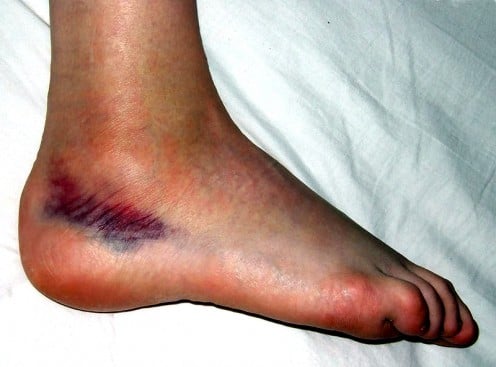
Sports injuries are mainly divided into sprains, strains and fractures:
First of all, a sprain means that the person involved has suffered ligamentous damage, ligaments being what connects bone to other bones, creating a joint. Ligaments may be damaged when they are stretched beyond their normal capacity and may even tear, partially or fully. Some of the most common areas/joints which are sprained include the ankle, knee, fingers, wrist and toes. Depending on how severe the sprain is, they may be divided into various degrees, ranging from mild to severe;
First-degree sprain (mild):
· Minimal or no swelling
· Local tenderness over the involved anatomy
· Increase in pain with passive and active range of motion
· Minimal bruising
· No instability or functional loss expected
Second-degree sprain (moderate):
· Moderate swelling with ecchymosis (bruising)
· Very tender, not as local, more diffuse distribution
· Range of motion very painful and restricted due to swelling
· Instability may be seen
· A loss of function may result
Third-degree sprain (severe):
· Severe swelling and ecchymosis or haemarthrosis (bleeding into joint spaces)
· Structural instability with abnormal increase in the joints range of motion
· Possibly less painful than second-degree tear
A strain is similar to a sprain, but rather than ligamentous injury, there is damage seen in the muscle or tendon (connects muscles to bone). In other words, an injury to a muscle or tendon in which the muscle fibers involved tear as a result of overstretching beyond their physical capacity. Strains are also commonly known as pulled muscles. Like sprains, strains are also commonly divided into degrees, ranging from mild to severe:
First-degree strain (mild):
· Tender without swelling, mild muscle spasm
· No ecchymosis (no bruising)
· No palpable defect
· Active contraction and passive stretch are painful
Second-degree strain (moderate):
· Tender with swelling
· Mild to moderate ecchymosis
· Moderate muscle spasm
· Possibly palpable discontinuity
· Extremely painful with passive stretching and attempted contraction
· Joint motion is limited
Third-degree strain (severe):
· Extreme tenderness upon touch with associated swelling
· May be severe bleeding (internal) and possible compartment syndrome (damage to neurovascular bundle) with resultant loss of sensation (nerve damage) and pulses distally (vein and artery damage)
· Palpable (and sometimes visual) defect with bunching up of muscular tissue
· Complete loss of muscle function
· No change in pain with passive stretching
The classic triad of musculotendinous injury is:
1. Tenderness to palpation
2. Pain with resisted movement
3. Pain with passive stretching (no active contraction, someone stretches the involved musculature for you, which causes pain)
Fractures normally presents with the following symptoms/signs:
· Localised to diffuse tenderness
· Deformity and/or instability
· Palpable bone discontinuity in accessible areas
· Ecchymosis (bruising)
· Possible neurovascular compromise (the neurovascular bundle consists of veins, arteries and nerves; and these may all be damaged as a consequence due to bone fracture)
Some ways to differ stress fractures from normal fractures are;
· A stress fracture may not have a violent trauma, but rather a history of increased training output, which compromises the involved anatomy over time (i.e. metatarsal stress fractures)
· Localised tenderness with overlying swelling and tenderness
· Increased pain with vibration or percussion
· Certain locations are commonly involved (tibia, fibula, metatarsals, femur)
This articles main aim was to give you an introduction into sports taping and also provide an insight into the most common sports injuries and their terminology.
Ankle sprains is one of, if not the most common sports injury there is. Therefore, the ankle joint is the first anatomical structure this sports taping guide will focus on in the next chapter; it will give an overview of the anatomy of the ankle, including ligaments and muscles involved in various sports movements, and also a comprehensive step-by-step guide for sports taping of the ankle.
References: Superstoked / Vondt


